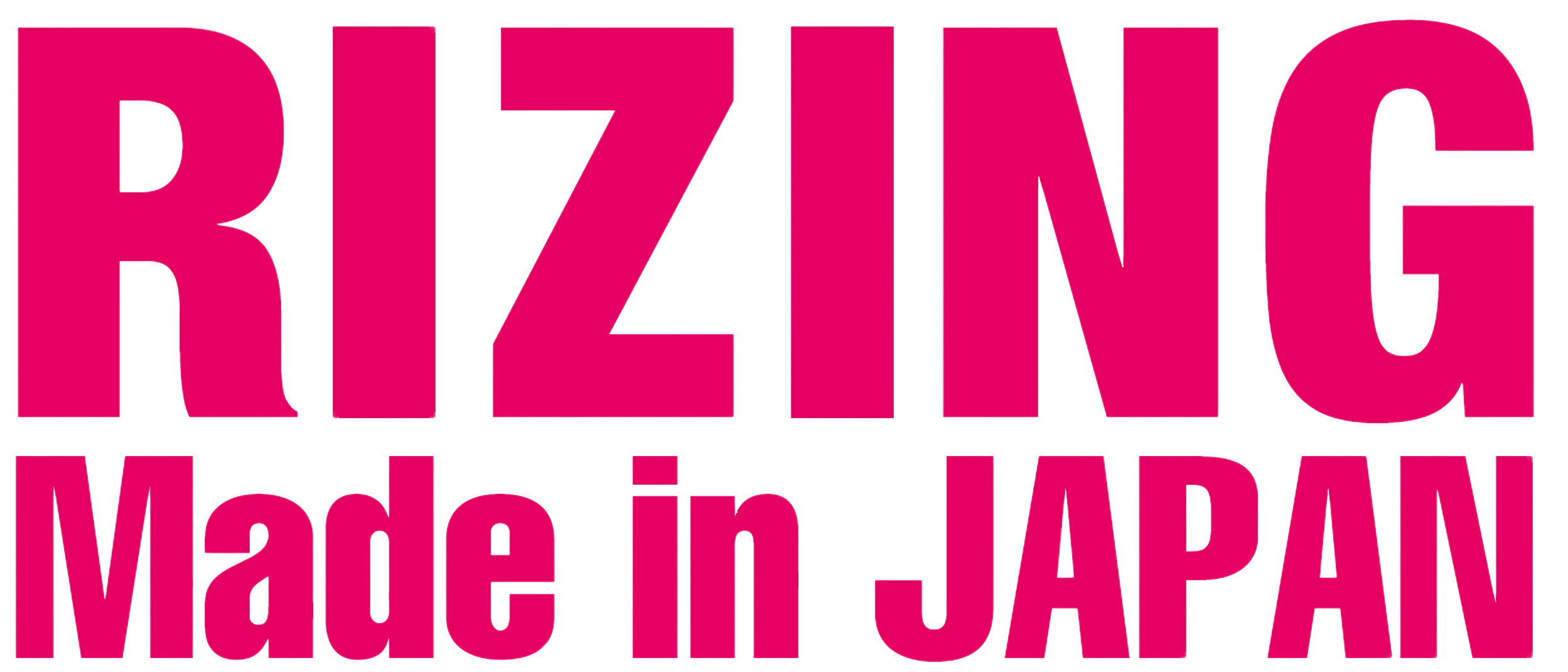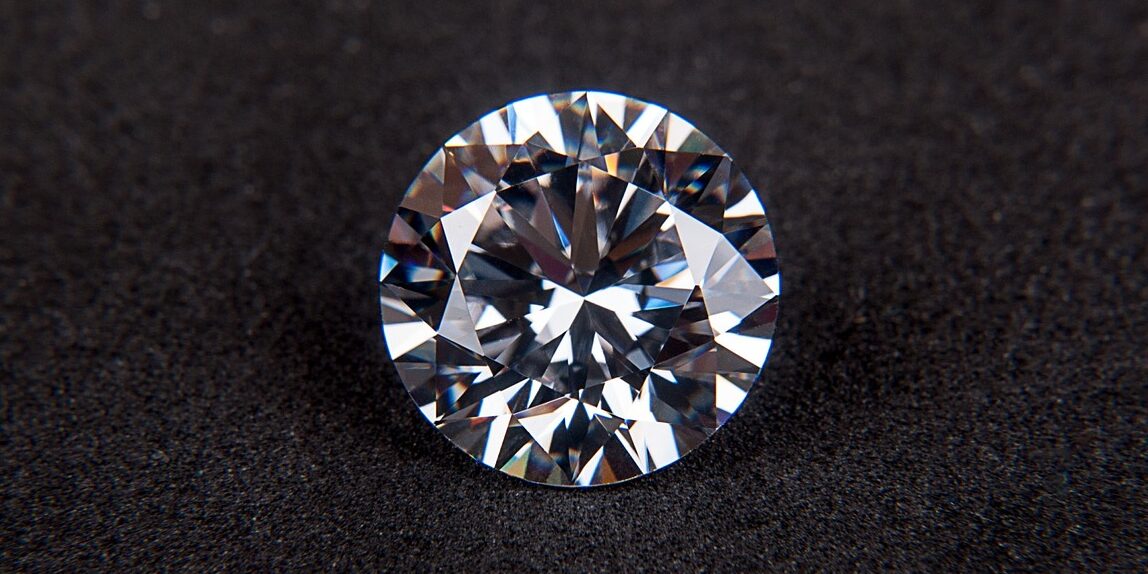Diamonds, often regarded as the epitome of luxury and wealth, have a pricing mechanism that is both intricate and multifaceted. The value of diamonds does not solely derive from their aesthetic appeal; rather, it is a complex interplay of historical, economic, and market factors. Understanding the determination of diamond prices requires an exploration of their historical context, grading systems, market demand, and the influence of dominant entities within the diamond industry.
Historical Context
The history of diamonds dates back thousands of years, with the earliest recorded usage found in ancient India. Initially, diamonds were valued not only for their beauty but also for their purported magical and protective properties. Their transition into a symbol of wealth began in the late 19th century when large diamond deposits were discovered in South Africa. The establishment of the De Beers Consolidated Mines in 1888 marked a pivotal moment in diamond pricing. De Beers monopolized the diamond supply chain, gaining significant control over prices through strategic market manipulation, including stockpiling diamonds to create artificial scarcity.
By controlling output, De Beers effectively established a pricing floor, allowing them to maintain a premium on diamonds. Their tactics contributed to the perception that diamonds were not merely gemstones but rather luxurious commodities. The company’s aggressive marketing strategies in the 20th century further solidified the diamond’s status, notably with the “A Diamond is Forever” campaign launched in 1947, which linked diamond purchases to love and commitment.
Grading Systems and Quality Factors
The price of diamonds is fundamentally influenced by their quality, determined through the Four Cs: Carat weight, Cut, Color, and Clarity. Each of these factors plays a critical role in establishing retail value.
1. Carat Weight: The weight of a diamond is measured in carats, with one carat equating to 0.2 grams. As the carat weight increases, the price per carat typically rises exponentially. For instance, a one-carat diamond might retail for approximately $4,000, while a two-carat diamond can cost upwards of $10,000, reflecting increased rarity.
2. Cut: The cut of the diamond, which refers to how well the diamond has been shaped and faceted, significantly affects its brilliance and overall appearance. Superior cuts command higher prices due to their enhanced light performance. Diamonds graded as Excellent or Ideal cut can sell for 20% to 40% more than those of lower grades.
3. Color: Diamonds are categorized on a scale from D (colorless) to Z (light yellow or brown). Colorless diamonds are the most sought after and are priced at a premium, while diamonds with more color are increasingly discounted.
4. Clarity: Clarity assesses the presence of internal or external flaws. Diamonds are graded on a scale ranging from Flawless (no inclusions visible under 10x magnification) to Included (inclusions visible to the naked eye). Higher clarity grades often result in substantially higher prices.
Market Demand and Economic Influences
The law of supply and demand plays a pivotal role in determining diamond prices. Economic conditions, disposable income levels, and consumer preferences directly impact demand for diamonds. For instance, the global market for diamonds was valued at approximately $80 billion in 2022, with projections suggesting continued growth, especially in emerging markets such as China and India, where luxury spending is increasing.
Contrarily, the rise of synthetic diamonds, which are chemically identical to natural diamonds but significantly cheaper, poses a considerable challenge to traditional diamond pricing. The synthetic diamond market has grown to encompass over 5% of the global diamond sales volume by 2020, leading to greater pricing pressure on natural stones.
Conclusion
In conclusion, the pricing of diamonds is a complex tapestry woven from historical precedents, market strategies, grading standards, and prevailing economic conditions. The historical dominance of companies like De Beers and their continued influence underscores the importance of perception in luxury markets. Meanwhile, the emergence of synthetic diamonds and shifting consumer behaviors indicate that the industry must adapt to a rapidly changing landscape. As the diamond market evolves, it will be essential for all stakeholders—retailers, consumers, and investors—to remain vigilant in understanding the factors that influence diamond valuation in order to navigate this vibrant and often volatile marketplace.

